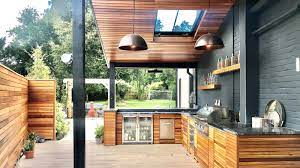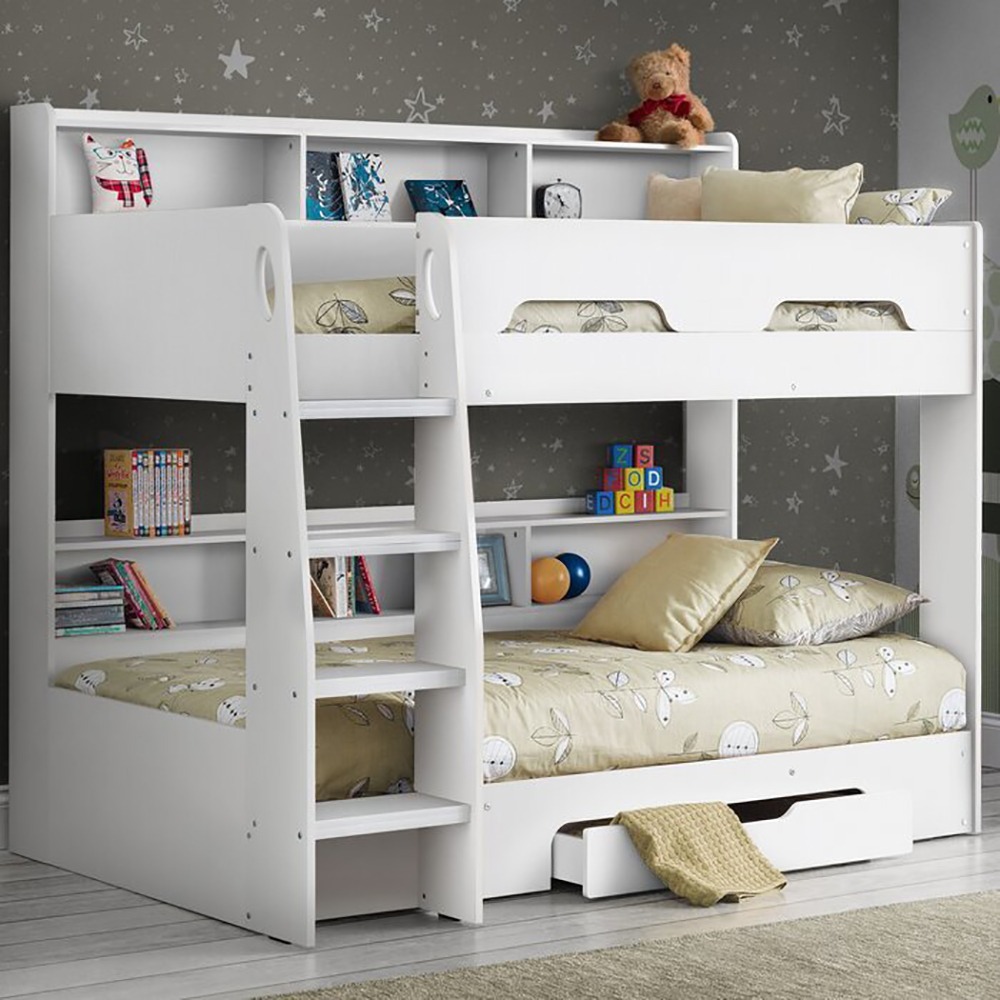Outdoor kitchens have become increasingly popular among homeowners who enjoy entertaining guests or simply spending time outdoors. From summer barbecues to intimate gatherings, an outdoor kitchen offers convenience, functionality, and style. In this article, we will explore the essentials of designing an outdoor kitchen tailored for entertaining purposes.
Benefits of an Outdoor Kitchen
Convenience
One of the primary advantages of an outdoor kitchen is the convenience it provides. Instead of constantly running back and forth between the indoor kitchen and the backyard, everything you need is right at your fingertips. You can prepare, cook, and serve meals without missing out on the fun.
Socializing
An outdoor kitchen creates a focal point for social gatherings. It encourages interaction among guests as they gather around the grill or outdoor bar. The relaxed atmosphere promotes conversation and camaraderie, enhancing the overall entertainment experience.
Increase in Home Value
Investing in an outdoor kitchen can significantly increase the value of your home. It adds an attractive feature that appeals to potential buyers, especially those who enjoy outdoor living and entertaining. A well-designed outdoor kitchen can set your property apart from others on the market.
Factors to Consider Before Designing
Before diving into the design process, there are several factors to consider to ensure your outdoor kitchen meets your needs and preferences.
Available Space
Evaluate the available space in your backyard to determine the size and layout of your outdoor kitchen. Consider how you will utilize the space for cooking, dining, and entertaining. Factor in pathways, landscaping, and existing structures to create a seamless integration with your outdoor living area.
Budget
Set a realistic budget for your outdoor kitchen project, taking into account the cost of materials, appliances, and labor. Decide which features are essential and where you can afford to splurge or save. Be sure to factor in additional expenses such as landscaping, lighting, and furniture.
Climate
Consider the climate in your area when designing your outdoor kitchen. Choose materials and appliances that can withstand the elements, such as stainless steel, stone, and weather-resistant fabrics. Incorporate shade structures or overhead coverage to provide shelter from sun, rain, and wind.
Local Regulations
Check local regulations and zoning laws before embarking on your outdoor kitchen project. Some areas may have restrictions on outdoor cooking appliances, fire pits, or structural additions. Obtain any necessary permits or approvals to ensure compliance with local codes.
Design Elements
The design of your outdoor kitchen should reflect your personal style and preferences while maximizing functionality and efficiency.
Layout
Carefully plan the layout of your outdoor kitchen to optimize workflow and accessibility. Consider the “kitchen triangle” concept, with the grill, sink, and refrigerator arranged in a triangular configuration for ease of movement. Create designated zones for food preparation, cooking, serving, and dining.
Appliances
Select high-quality appliances suited for outdoor use, such as a built-in grill, side burner, refrigerator, and sink. Choose energy-efficient models with durable construction and weatherproof finishes. Incorporate additional features like pizza ovens, smokers, or beverage centers to enhance versatility and entertainment options.
Materials
Choose durable materials that can withstand exposure to the elements and frequent use. Common options include stainless steel, stone, brick, and concrete for countertops, cabinets, and flooring. Opt for low-maintenance finishes and surfaces that are easy to clean and resistant to stains, heat, and moisture.
Lighting
Illuminate your outdoor kitchen with strategic lighting to enhance safety, ambiance, and functionality. Install task lighting above cooking and prep areas, ambient lighting for dining and entertaining spaces, and accent lighting to highlight architectural features and landscaping. Consider energy-efficient LED fixtures with dimming capabilities for flexibility and control.
Safety Measures
Safety should be a top priority when designing an outdoor kitchen to prevent accidents and ensure peace of mind for you and your guests.
Fire Safety
Take precautions to prevent fires by keeping flammable materials away from heat sources and maintaining a safe distance between appliances and combustible surfaces. Install a fire extinguisher within reach and have a designated area for extinguishing hot coals or embers.
Ventilation
Provide adequate ventilation to remove smoke, odors, and excess heat from your outdoor kitchen. Install a range hood or exhaust fan above the grill to capture and vent cooking fumes outdoors. Ensure proper airflow and circulation to prevent the buildup of carbon monoxide and other harmful gases.
Pest Control
Implement measures to deter pests and insects from invading your outdoor kitchen. Keep food and garbage containers sealed tightly, clean up spills promptly, and use natural deterrents such as citronella candles or insect-repelling plants. Consider installing screens or netting to protect food and guests from unwanted pests.
Maintenance Tips
To keep your outdoor kitchen looking and performing its best, follow these maintenance tips to prolong the life of your appliances and finishes.
Cleaning
Regularly clean your outdoor kitchen surfaces, appliances, and accessories to remove grease, grime, and food residue. Use mild soap, warm water, and non-abrasive cleaners suitable for outdoor use. Avoid harsh chemicals or abrasive tools that could damage finishes or surfaces.
Regular Inspections
Schedule routine inspections of your outdoor kitchen to check for signs of wear, damage, or deterioration. Look for loose connections, rust, corrosion, or any other issues that may require repairs or replacement. Address maintenance issues promptly to prevent further damage and ensure safe operation.
Personalization and Style
Customize your outdoor kitchen to reflect your personal style and preferences. Incorporate design elements such as color schemes, decorative accents, and landscaping features that complement your home’s architecture and outdoor environment. Add personal touches like artwork, plants, or outdoor decor to create a welcoming and inviting atmosphere for entertaining.
Conclusion
Designing an outdoor kitchen for entertaining requires careful planning, creativity, and attention to detail. By considering factors such as available space, budget, climate, and local regulations, you can create a functional and stylish outdoor kitchen that enhances your outdoor living experience. Incorporate design elements, safety measures, and maintenance tips to ensure your outdoor kitchen is both practical and enjoyable for years to come.





